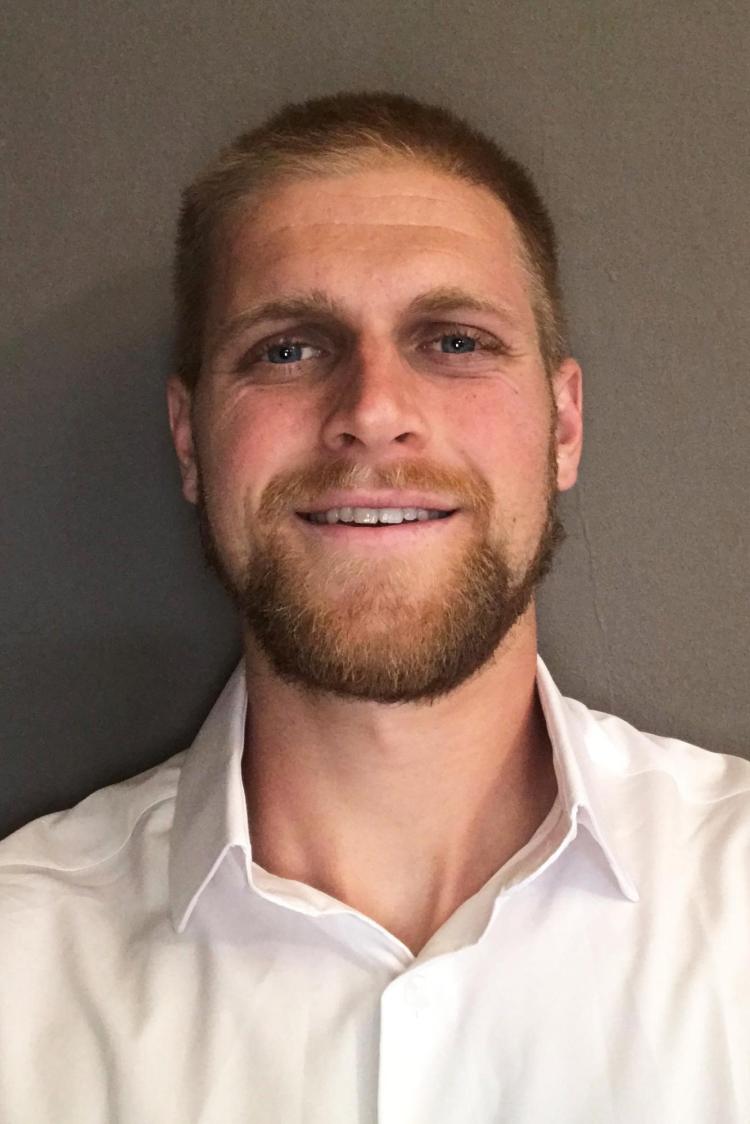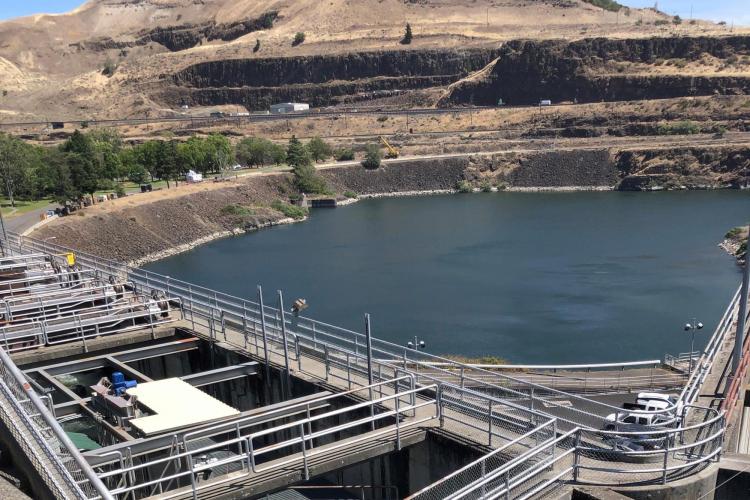Interning with the U.S. Army Corps of Engineers
Kyle McDonnell is an undergraduate student in mechanical engineering. He interned with the U.S. Army Corps of Engineers during summer 2020.

Kyle McDonnell
2020 began like no other year with COVID-19 impacting unemployment rates and changing what work and internships looked like across the world. I happened to be one of the lucky few who didn’t lose their summer internship, accepting a position at the U.S. Army Corps of Engineers.
Due to the pandemic, my summer internship with the Corps looked a little different than the typical summer internship, but I was grateful they were able to adapt and provide this experience. A lot of the work I did was done remotely, and I was provided a laptop and any gear I needed to work from home. We did fewer site visits than usual, though we were still able to do some in a very controlled and socially distanced manner. Despite changes like these, I stayed busy and worked on many projects, making for an informative summer internship experience.
For my summer with the Army Corps of Engineers, I was assigned to the construction branch of the Portland District office. The Portland District office works on projects across Oregon and in parts of Washington. Within the construction branch, there are multiple departments including cost engineering, the small projects team and three field offices. The field offices have project engineers that oversee the construction of projects; they work with the design branch who use CAD and other programs to develop project designs. The small projects team does all the cost, design and construction work themselves for low-risk projects.
I was assigned to the cost engineering team. Cost engineering is a vital step in every project, yet before working for the Corps I hadn’t even thought of it is as an engineering path. The way it works is when someone needs something built or fixed at a government site, they consult the cost engineering team. The cost engineering team is consulted in the planning/budgeting process to formulate a budgetary estimate that is used in the decision-making process on whether to embark on a project or not and how much to budget for that project.
As the cost engineer, your job is to build that project in your mind and on paper and add up the cost of material, workers and equipment required for the build. It requires going through design specs, looking at old projects that were similar, and considering the environment in which the building will take place to determine a rough estimate for the project. If the project is within budget, the design team begins creating plans to build. As plans are laid out, the cost engineer updates the estimate, so it incorporates the new specs and materials that the design team chooses. Once the design plan is complete and you have a final cost estimate, the government opens the project for bidding to private construction companies and uses your cost estimate to decide which company is offering the fairest price. Once the project is awarded, the construction department works with the contractors to complete the project.

Above: A fish ladder at John Day Dam allows fish to travel upstream for mating. Kyle McDonnell visited this dam during his summer internship with the U.S. Army Corps of Engineers.
Top: A generator room at John Day Dam. John Day Dam has 16 generators with turbines that each generate 135 megawatts of power.
After the first few weeks of training, I was treated like any other cost engineer on the team, entrusted with real projects and expected to have estimates completed by a certain time. I started with smaller projects that didn’t require much detail, but by the end of the summer, I was working on multi-million-dollar projects. It gave me a real taste of what working at the Corps would be like and a taste of the construction field in general. I enjoyed the cost department specifically, because it allowed me to work through many different construction projects. I was able to see projects across the state, talk with specialists in areas of design and construction to get a better understanding of how things like hydropower dams work, and used all this information to create the best estimates possible.
The desire to finish school as quickly as possible can be enticing, but if you can spare a summer or two to sample a career path, it can be helpful when applying for jobs after graduation. Like it did for me, an internship will provide job experience and insight into what career path you might see yourself working in the future. I had a great experience my first summer with the U.S. Army Corps of Engineers and would recommend it to anyone looking for a rewarding paid summer internship.

